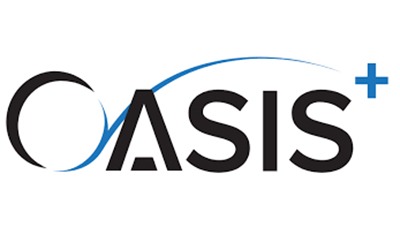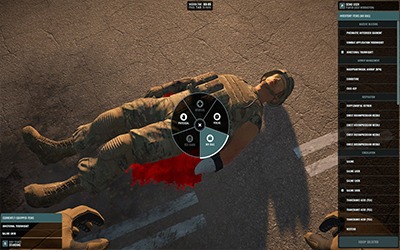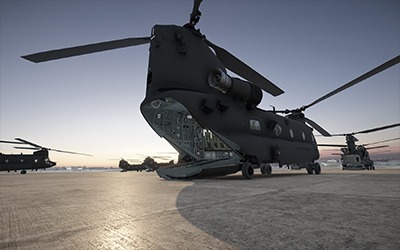Madrid, R., Pike, W., Cummings, P., & Barnieu, J. (2020). Addressing Tactical Combat Casualty Care in Synthetic Training Environments. Proceedings of the 2020 Interservice/Industry Training, Simulation, and Education Conference (I/ITSEC). Arlington, VA: National Training and Simulation Association.
Abstract:
As of 2010, 90% of US servicemen and women who die from combat wounds do so before arriving at a medical treatment facility (Eastridge, 2012). This fact highlights the importance of battlefield trauma care provided by combat medics, corpsmen, and nonmedical unit members in improving combat-wounded survival rates. For Tactical Combat Care (TC3) mastery, curriculum should be enhanced to address higher levels of learning within the cognitive and psychomotor learning domains required for complex situations, (i.e., care under fire), which include skills related to spatial awareness, marksmanship, movement, communication and decision making under stress. To address instruction and assessment of these skills, the US Army Combat Capabilities Development Command developed a TC3-based training prototype that incorporates multiple hybrid virtual and augmented display systems, simulated weapons, and haptic devices. The paper describes the design, development, and research processes used to produce the TC3 training system. We present a formalized process for developing three training vignettes; each is a) learning objective-driven, b) rooted in task and human factors analyses, and c) integrated with multiple haptics, virtual reality (VR), augmented reality (AR), and mixed reality (MR) systems. We discuss our research-based usability study targeting multiple potential user communities practicing point of injury care procedures in a VR environment integrated with haptics gloves. While technologies employed are early in the development process, results indicate a positive experience from all tested user communities. This research effort reinforces the notion that TC3 mastery will be a key component to the design and development of next-generation synthetic training environment systems.
Please view the paper here.
Reference
Eastridge, B.J., Mabry, R.L., Seguin, P., Cantrell, J., Tops, T., Uribe, P., & Blackbourne, L.H. (2012). Death on the battlefield (2001-2011): implications for the future of combat casualty care. Trauma Acute Care Surgery, 73(6), Suppl. 5, S431-S437.



